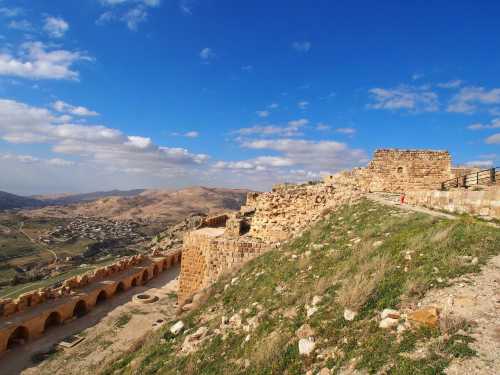Popular Travel Types
Recommended Attractions at Popular Destinations
Bangkok attraction near me | Manila attraction near me | Tokyo attraction near me | Taipei attraction near me | Hong Kong attraction near me | Seoul attraction near me | Kuala Lumpur attraction near me | Los Angeles attraction near me | Shanghai attraction near me | New York attraction near me | Shenzhen attraction near me | Osaka attraction near me | Singapore attraction near me | London attraction near me | Guangzhou attraction near me | San Francisco attraction near me | Beijing attraction near me | Macau attraction near me | Bali attraction near me | Jakarta attraction near me | Paris attraction near me | Ho Chi Minh City attraction near me | Istanbul attraction near me | Phuket attraction near me | Chicago attraction near me | Seattle attraction near me | Toronto attraction near me | Orlando attraction near me | Cebu attraction near me | Chiang Mai attraction near me
Popular Attractions
Sagrada Familia | Casa Batlló | Wenshu Monastery | Skyline Rotorua | Erotika swingers club | Rainbow's End | Chongqing Changjiang Cableway | Guangzhou Zoological Garden | Leshan Giant Buddha | Mount Siguniang | Yalong Bay Tropical Paradise Forest Park | South China Botanical Garden,Cas | Wukang Road | Tianzifang | Cuihua Mountain·Qinling Zhongnanshan Unesco Global Geopark | Gaur Hari Temple Iskcon Ambala | SEA LIFE Sunshine Coast Aquarium | Maxus Cinemas Vishnu Shivam Mall | Masjid Al Mujahidin | Fosse-Maussoin State Park | Masjid Miftahul Huda | Chiesetta di San Giorgio | Keeley Park Disc Golf Course | Christ Church Meadow | 黒須第二子供広場 | Temple Hill Gym | South Prong Rocky River Greenway | Serriole | Târgul Anual Bâlciul Ploştii | Singapore Flyer
Popular Restaurants in Karak
Popular Ranked Lists
Popular Luxury Hotels Near Fahaheel | Top 10 Local Restaurants in Nyingchi | Popular Trending Restaurants in Bali | Popular Trending Restaurants in Chiang Mai | Popular Local Restaurants in Baoting | Popular Best Things to Do in Qinzhou | Popular Trending Restaurants in Shanghai | Top 9 Local Restaurants in Wushan County | Popular Best Things to Do in Pingguo | Popular Premium Hotels Near Gorod Novosibirsk | Popular Premium Hotels in Palakkad | Popular Best Things to Do in Zhuji | Popular Luxury Hotels Near Bridgewater | Popular Luxury Hotels Near Korcula | Popular Best Things to Do in Zhaoping | Popular Local Restaurants in Wuyi | Popular Local Restaurants in Ankang | Top 3 Local Restaurants in Weinan | Top 10 Local Restaurants in Nanchang County | Popular Best Things to Do in Anyue | Popular Best Things to Do in Sheyang | Top 6 Local Restaurants in Batam | Top 9 Local Restaurants in Hengshui | Popular Luxury Hotels Near Kongsberg | Popular Luxury Hotels in Malargue Department | Top 15 Local Restaurants in Cameron Highlands | Top 7 Local Restaurants in Luzhou | Popular Luxury Hotels Near Palakkad | Top 4 Best Things to Do in Guigang | Popular Luxury Hotels Near Kittila
Payment Methods
Our Partners
Copyright © 2025 Trip.com Travel Singapore Pte. Ltd. All rights reserved
Site Operator: Trip.com Travel Singapore Pte. Ltd.
Site Operator: Trip.com Travel Singapore Pte. Ltd.




































